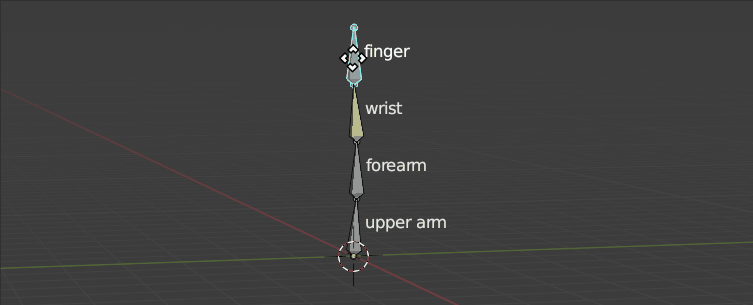As of recent versions of Blender, there are two IK constraints, Spline IK and Inverse Kinematics, usually just called IK after its acronym. Spline IK is used to "align a chain of bones along a curve" and does not have the limitation of fewer bones that you are asking about.
The technical reason why IK is normally limited to chains of only two bones has to do with the mathematics behind how IK computes the positions of the bones in a chain when you move the target bone. Here's an example where the constraint is on the wrist bone, and a finger bone is used as the control bone:

Notice near the end the rotation of the upper arm, and the position of the forearm jump around? This is because for any given position of the finger, there are many positions that those bones can be in that would 'work'. The solver tries to deal with this but in the end the control is unpredictable with longer chains.
The same problem exists with a two bone chain. If we use the wrist as the controller, then many of the positions we put it in, the joint between the upper arm and the forearm, in effect the elbow can fit anywhere in a circle. (Mathematically this is because the system of equations needed to solve the position is underdetermined so that instead of a single solution there are, in this case, an infinite number of positions the bone joint could be in.)
We can add a pole target for the elbow joint. That has the effect of telling the solver the preferred way for the arm to bend and constrains the solution.
Once we've done that, we get to take advantage of the fact that bipeds typically have two bones in their major limbs, attached at one end to the torso and at the other to a hand or paw. By using the hand or paw as the controller and the torso as an anchor, we end up with a bone chain that's more predictable to animate using IK.


